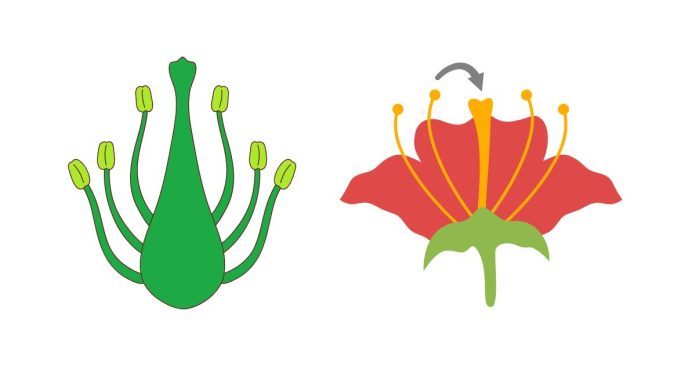What Is the Function of the Stigma on a Flower?
Flowers are not just beautiful; they’re also fascinatingly complex structures designed to ensure the reproduction of plants. At the heart of this process is the stigma, a small but vital component of the flower’s reproductive system. So, what exactly does the stigma do, and why is it so important?
Understanding the Stigma
The stigma is the topmost part of the pistil, which is the female reproductive organ of a flower. It’s often found at the center of the bloom and is usually slightly elevated, making it accessible to pollinators like bees, butterflies, and even the wind. Depending on the species, the stigma may have a sticky surface, hair-like structures, or specialized adaptations to capture pollen effectively.
The Role of the Stigma in Plant Reproduction
The stigma serves several crucial functions in the reproduction of flowering plants:
- Receiving Pollen: The stigma’s primary job is to receive pollen grains from male structures of the same species. This can happen through pollinators, wind, or self-pollination. Its surface is often sticky or moist to ensure the pollen adheres securely.
- Facilitating Pollen Germination: Once the pollen grain lands on the stigma, it begins to germinate. The stigma provides the optimal environment for this process, supplying moisture and nutrients needed for the pollen to activate and grow.
- Guiding the Pollen Tube: After germination, the pollen grain develops a pollen tube that grows down through the style (the tube-like structure below the stigma) toward the ovary. The stigma directs this growth to ensure successful fertilization of the ovules inside the ovary.
Why the Stigma Matters
Without a functional stigma, pollination and fertilization would be disrupted, ultimately halting seed and fruit production. This makes the stigma an indispensable component in the life cycle of flowering plants and a key player in the ecosystems that rely on these plants for food, shelter, and resources.
Fascinating Facts About Stigmas
- Some flowers have highly specialized stigmas that can differentiate between pollen from the same species and that of others, ensuring reproductive success.
- In some plants, the stigma changes its appearance or texture once it has successfully captured pollen, signaling it’s ready for fertilization.
The next time you admire a flower, look closely at its stigma. This small yet powerful structure plays a pivotal role in the cycle of life, connecting the beauty of bloom to the broader story of nature’s resilience and adaptability.


